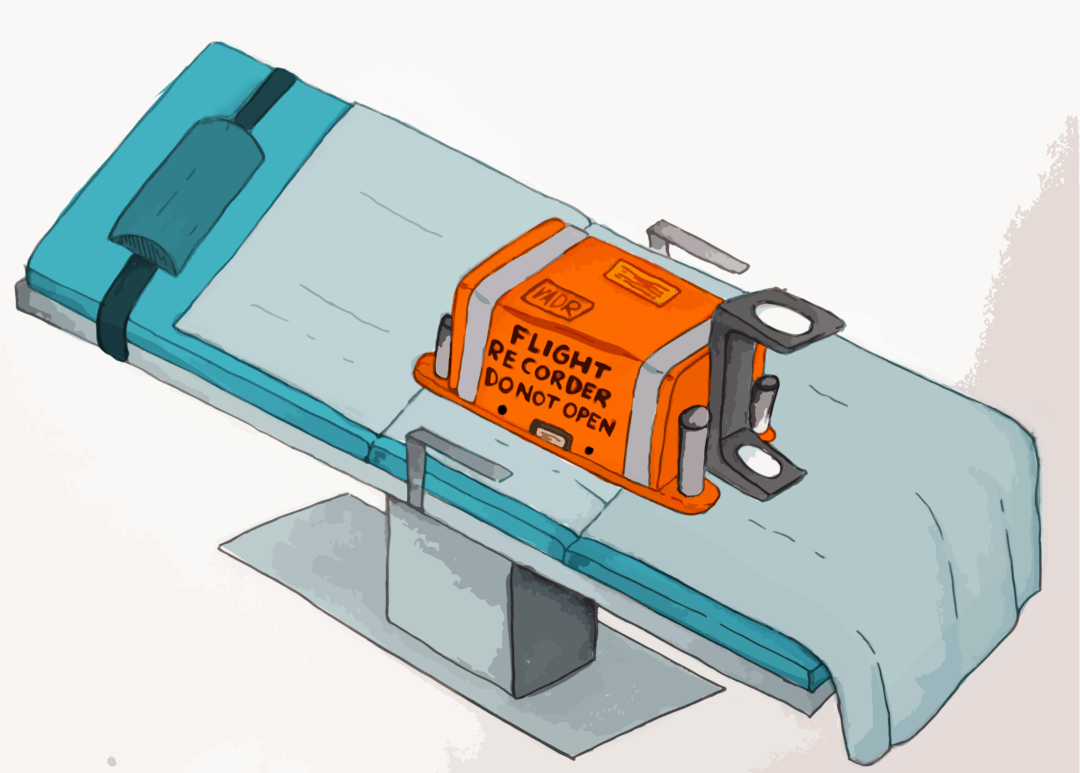Akin to a black box in an aircraft, a black box in the operating room (OR) can provide valuable insights.
The OR black box records information during a surgery that is then analyzed to determine how interactions between the surgical team, the environment, and human components factor into patient outcomes.
Dr. Teodor Grantcharov, staff surgeon at St. Michael’s Hospital and professor in the Faculty of Medicine, developed the OR black box in 2017. One of the driving reasons for creating it is that the operating room can be secretive.
“The reason why we developed it is because we felt that we lack transparency, we lack data about our performance as surgeons, as teams, as organizations. We lack data from the operating room,” said Grantcharov.
“Nobody knows what happens there,” said Grantcharov. “Whatever happens there stays there, and we make mistakes, we have successes and failures, but we have very little opportunity to understand them, to study them, and to improve in the future.”
According to Grantcharov, the black box could change this and allow health care providers to recognize and learn from their mistakes, and improve medical outcomes for patients.
“Without data, we can’t improve, and we felt that the OR black box could provide some more insight and some more data that we could use to critically reflect and see opportunities to get better,” said Grantcharov.
The black boxes document everything that occurs in an operating room, and not just the surgical procedure.
It collects video recordings, audio, environmental factors like fluctuations in noise levels and temperature, and minute details like the opening and closing of doors. Furthermore, it collects information on the performance of the surgical team, patient physiology, and the instruments used.
Grantcharov added that the black box analyzes correlations “between performance and outcomes, between stress and performance, between fatigue and performance, and between communication and performance, in any particular outcome.”
Improvements in health care can be made from analyzing such data.
For example, data from the black box indicated that the more people were in the room, the higher the risk of an error.
“We looked at the policy of our hospital which was ‘keep room traffic to a minimum,’” explained Grantcharov.
“So now, we can say for this type of procedure, there shouldn’t be more than 10 people or eight people, and if there are more they [have to] come another day,” continued Grantcharov. “[We] can create the system where we reduce, we restrict access, we can create a system where we eliminate the external communication, especially in most critical steps of the procedure.”
Currently, OR black boxes are used at St. Michael’s Hospital, Humber River Hospital, and North York General Hospital.
To evaluate the effectiveness of the OR black box, Grantcharov and his team need sufficient data to observe trends and draw conclusions.
In fact, associate professor at the Dalla Lana School of Public Health Patricia Trbovich and her research team are using grants from the Natural Sciences and Engineering Research Council and the Ontario Centres of Excellence to examine the data black boxes collect and their overall effectiveness.
The instrument also allows medical staff from around the world to learn from one another.
“We can see, if we do something here and a team of surgeons does the same thing in Amsterdam… what are the things that we do better than them so that they can learn from us,” said Grantcharov. “And we want to see what are the things they do better than us so we can learn from them. There is always something to learn from others.”
The OR black box has been used for minimally invasive procedures like laparoscopic surgeries, in which operations happen through small incisions with the aid of a camera. But Grantcharov added that the black box can capture data from any procedure, even ones outside of the OR.
For Grantcharov, the optimal achievement of the OR black box lies in culture change.
“[It can] allow us to make surgery more open, more transparent, and less mystical for patients. [It makes] the operating room more collaborative,” said Grantcharov.


